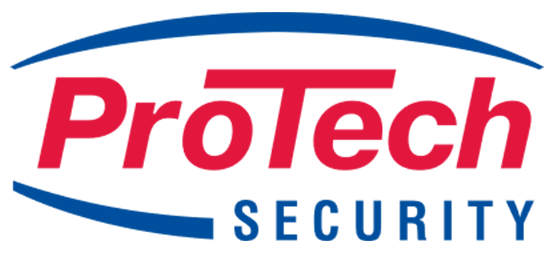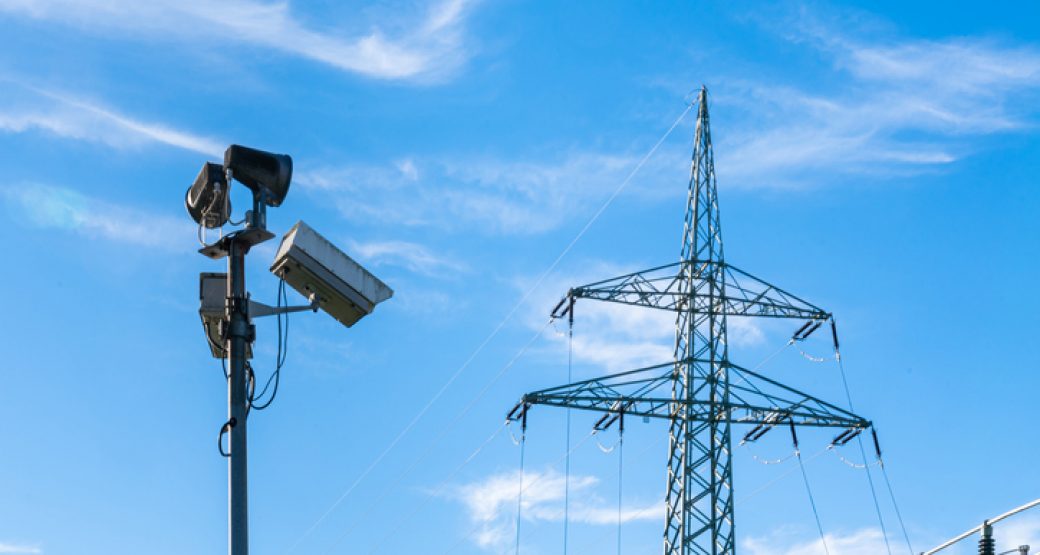It’s impossible to ignore the impact of cloud technology on digital video surveillance. Most security systems today have elements residing, or relying, on the cloud, including a plethora of cloud-based security cameras. It’s a natural evolution as the capabilities of Video Surveillance-as-a-Service (VSaaS) have improved dramatically in recent years.
Customers have clearly responded. The VSaaS market is expected to hit $75 billion by 2025, and published research has shown that 9 out of 10 organizations are already using cloud technology for video surveillance. Whether it’s new security systems built from the ground up, or converting older systems to a cloud-based model, many businesses are turning to the cloud for the storage capabilities, management alerts, remote viewing, and video recording options available.
Cloud-based security cameras, and the benefits they can provide, are at the forefront of the movement. It stands to reason as these devices, whether solely cloud-enabled or operating through edge computing setups, promise increased performance and unique analytical strengths, while also being easily scalable and managed remotely.
But it must be noted that commercial video surveillance systems never come as a one-size-fits-all solution. Every business should do its homework about the benefits — and disadvantages — of employing or relying solely on cloud-based systems. There are some potential blind spots when it comes to cloud-based security cameras that your organization should consider before making the sizable investment into a cloud-based video surveillance system as part of your overall security plan.
Let’s dive in.
Providing Protection For More than Four Decades: Learn more about how ProTech Security protects what matters to you with a free consultation or quote.
Vendor Lock-In: The Issue with Cloud-Based Security Cameras
The rise of several Silicon Valley companies in the video surveillance industry has been sudden and in large part built on their ability to leverage cloud-based security into affordable, scaleable, and easy-to-use solutions. But while several of these companies provide quality cameras, and the platform and video management system to operate them, it’s opened the door to a problem for consumers: vendor lock-in.
Vendor lock-in refers to when a customer is faced with a no-win choice. The cost to switch to a different vendor is so prohibitive that the customer is essentially stuck — no matter if the product loses quality or the price is increased.
In the video surveillance security space, a number of cloud-based security providers (named specifically in this article) have been labeled as pioneers in a new service: mockingly named Hostage-as-a-Service. The service model requires ongoing payments to stream video from the cloud-based security cameras a customer has purchased from the same vendor.
Customers buy cameras from these providers and own them, but essentially do not function without the additional payments for the service every year. If the payments stop, the buyer still owns the camera but has a non-functional piece of equipment.
- You have to continue to pay the provider for the right to stream video from a camera you own.
- If the provider raises prices for the annual license, the customer must agree to the new rate or ‘brick’ the cameras.
- If you purchase cameras from other providers, you can not view those cameras (or their video) in the same interface.
It should be noted that NOT EVERY cloud-based security provider is operating this way, but it can be a huge issue for businesses unaware of the practice. This is obviously a profitable arrangement for the cloud-based security camera provider and a terrible one for the customer.
Keep Your Options Open
At ProTech Security, we believe in creating cost-effective security solutions to help our clients protect their homes and businesses. This means that flexibility and the customer’s best interest are at the heart of what we do and provide. Many cloud-based products and services provide terrific service and capabilities.
But we encourage every organization looking to implement cloud-based solutions into their security profile to follow up on the details involved with a contract. You want to be able to tie all of your security systems together, and not be trapped by an agreement with a provider that will hamper your ability to use equipment you’ve purchased or to add or change components as needed.
We recommend organizations strongly consider ONVIF-compliant cloud-based security cameras and systems. ONVIF (Open Network Video Interface Forum) provides a standard for the interface between different IP-based security devices. This protocol acts like a ‘common language’ that all devices can use to communicate. You can purchase cameras from three different vendors, recording solutions from another, and perhaps a framework to oversee it all from yet another vendor. If all are ONVIF compliant, they’ll be able to integrate together.
The end user benefits from this interoperability because they are no longer tied to a single brand for everything to work. It allows you to use existing security cameras with a new subscription service. If you need to change, you can.
Avoid Issues with Cloud-Based Security Cameras with ProTech Security
At ProTech Security, we’ve built a strong reputation for stellar customer service backed by more than 40 years of experience and innovation in Northeast and Central Ohio. Our commitment to providing cost-effective protection for residential homes and commercial businesses, educational institutions, and government facilities is built on our own history and story.
We always provide the customized service and consulting needed for you to find the ideal security solution. Whether it’s cloud-based security cameras, access control management, or a host of other commercial security services and products, our strong partnerships mean you always have access to cutting-edge technology and capabilities.
To learn more about what ProTech Security can do for you, or for a free consultation or quote, reach out to our team today.



